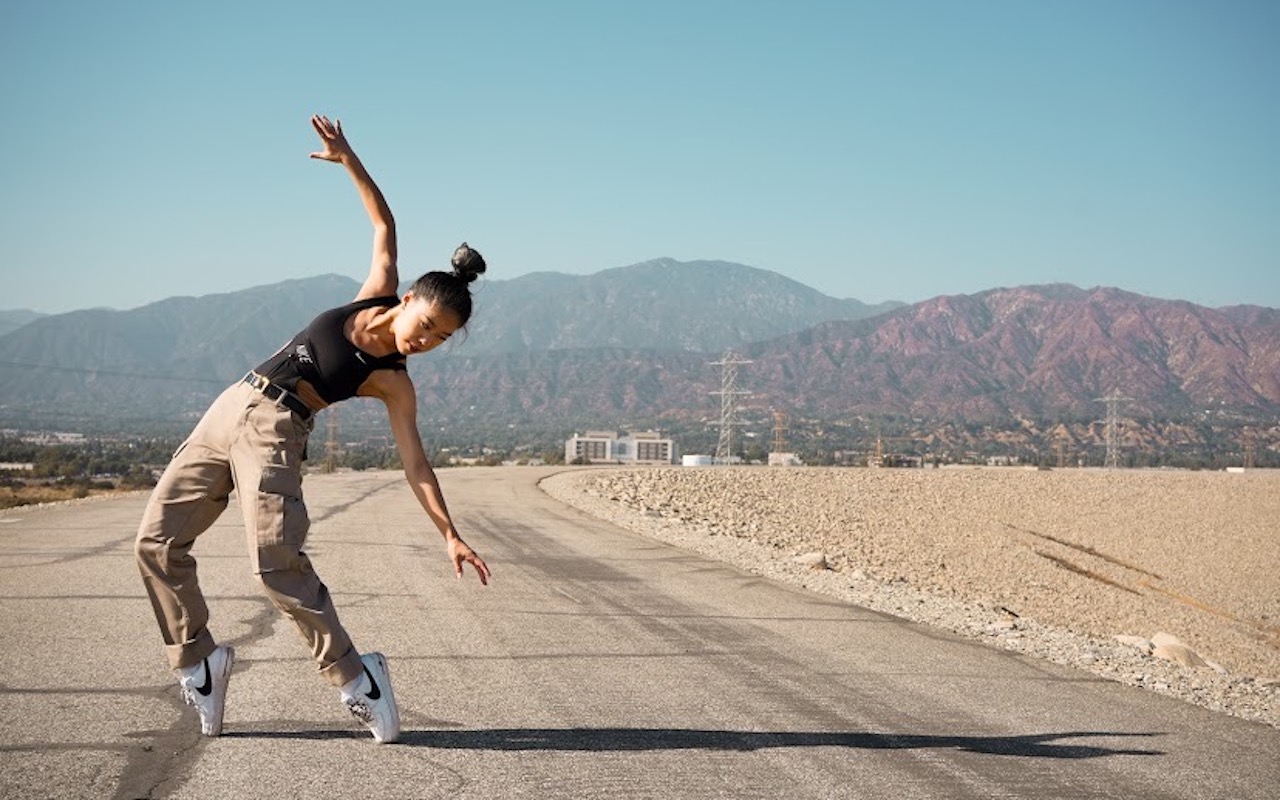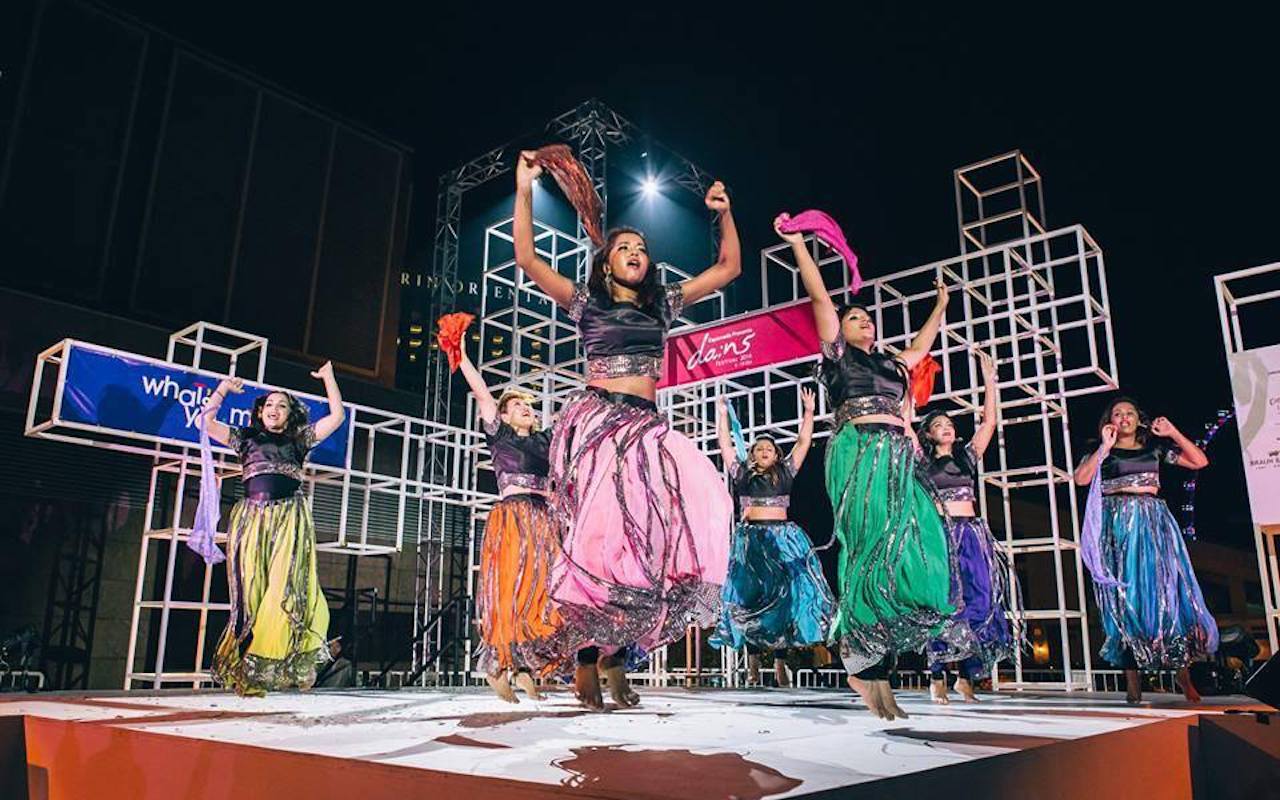
Planning this year’s da:ns festival (12 to 31 October) has been a markedly different experience from previous editions. Each year, we do our best to put together a line-up that strikes a balance between introducing new artists and presenting those who have grown with the festival and are well-loved by our audiences.
Before the Covid-19 travel restrictions, we were in serious discussions with several new international artists as headliners. Unfortunately, plans to present them, either live or digitally, fell through. There was simply too much uncertainty (at the point of discussions) for them to commit to making new digital works, given that no gatherings or rehearsals could occur, and they had no existing digital materials.
In planning this year’s digital programmes, we had the challenge of searching for and presenting quality dance works that are made for screens. And although many festivals around the world turned their focus to a purely domestic context in the first few months of Covid-19, we wanted da:ns festival to continue to not only look within, but to also look around and out of Singapore and present works by acclaimed international artists. Furthermore, we also wanted to continue to have a line-up of strong works in different dance styles and formats – from classical ballet to contemporary practices and street dance.
Given the influx of digital free-to-view dance programming released by artists and companies worldwide during lockdown, we also needed to ensure that our festival’s line-up was not just a repository of archival recordings or digital works that had been recently shown, and that we were bringing something fresh to the table. Hence, within the short span of less than six months, we had to put together a slate of digital commissions and presentations which would be relevant, meaningful and engaging.

Looking at the line-up we’re presenting, I am especially excited about The Escape Game by s**t kingz (Japan). This is a new work that we commissioned for the festival and the group’s very first dance film, and it invites the audience to go on an imaginative journey with them. We first worked with s**t kingz during last year’s festival and feel they have much to offer creatively, given that they are well-known for fusing together storytelling, comedy and street dance. To us, this is a precious mix that will result in the creation of engaging digital dance works, especially for younger street dance audiences.
I am also particularly intrigued by Failing the Dance: A Double Bill of Lecture-Performances. In this programme, two Singapore-based practitioner-researchers, Soultari Amin Farid and Nirmala Seshadri, share their personal journeys, examining gender roles and cultural custodianship in their respective disciplines of Malay dance and Bharatanatyam by blending lecture, dance, video and research.
The da:ns festival also regularly presents Singapore-based artists and functions as an important platform for their development. This year, we found it especially crucial to support them, given that the Covid-19 situation has inevitably led to the loss of jobs and opportunities for many. With Open Call, we’ve gotten local dance artists to explore the notion of a pause – an in-between space of limitless possibilities. These seven works each have their own unique choreographic design and approach, and we’re heartened to do what we can to support local dance artists and enable them to keep creating in these times.

One of the more obvious benefits of virtual programming is that we are no longer restricted by geographical borders. International artists can be featured without physically being here, which results in significant savings logistically. Similarly, the festival is able to reach audiences beyond Singapore. This is also a boon for our local artists, as more people around the world can learn about them and access their work.
For our audiences, virtual programmes increase the accessibility of the arts, as they can now enjoy it in the comfort of their homes with their family and friends. This is especially so in the case of films and pre-recorded performances, which are often presented in a video-on-demand format, allowing one to replay segments of the work and to enjoy it at a time that is convenient for them.
That said, while going digital allows us to reach a wider audience, we know that it can never replace the immediacy and community of the live performance or in-person experience. Dance – an art form which uses the body to express, communicate and tell stories – may seem abstract for some to understand. The energy is different when watching dance through a flat screen, as opposed to a live performance, where the audience can experience and see physical bodies breathing and dancing right in front of them.
While going digital allows us to reach a wider audience, we know that it can never replace the immediacy and community of the live performance or in-person experience
In addition, for digital performances, the audience’s perspectives are pre-determined by what is being captured on camera. This alters the experience of live performances, where one could choose where to lay eyes on, and form their own perspectives and interpretations. Similarly, for virtual dance classes, given that the instructor and students are not physically in the same space, the ability to give and receive feedback can be rather challenging. In the case of live-streamed classes, practical issues such as an unstable internet connection also pose a problem.
Ultimately, I feel that the biggest loss in a virtual performance or class is the sense of community and camaraderie. The energy that one gets from being in the same space with others and going through the same experience is one that cannot be replaced virtually. As Singapore moves towards Phase 3 and beyond, we are looking at festivals with a hybrid of both digital and live components that can be staged with safe-distancing in place.

We believe that it is especially in these uncertain times that the arts can comfort, lift spirits, and inspire change for brighter days ahead. This is why we have been committed to bringing the arts to everyone, largely for free, throughout this year and even during Singapore’s circuit breaker period.
The pandemic and its effect on everyday life is going to be around for a while. So rather than talk about recovery and hold out for life to go back to what it was before, perhaps it’s more useful for us to focus on how we can adapt to meet our ever-evolving circumstances.
The arts can comfort, lift spirits, and inspire change for brighter days ahead
In that vein, it’s heartening to see that many of our artists in Singapore’s dance scene have been exploring new presentation modes and formats, collaborating with various experts in other mediums such as film and virtual reality. These collective efforts to make the most of what we have offer hope and inspiration.
I also believe that dance has the capacity to help remedy some of the negative mental health effects of going through a pandemic. Dance- and movement-related therapy have been practised around the world for years, in health, education and social services. Many studies have found that dancing can improve one’s mood and alleviate symptoms of depression and anxiety, and watching a performance can allow one to be more in touch with emotions that are buried deep and feel connected with others.

For those who are feeling lonely, or are simply curious, I would recommend checking out The Intervention of Loneliness (Lockdown Edition) by Ming Poon (Singapore, Germany), which we specially commissioned for the festival. It is an interactive Zoom exploration which takes the pandemic as its starting point, and re-examines our notions of touch and physical connection, blurring the line between reality and imagination, isolation and togetherness.
During an economic recession, people naturally tend to tighten their purse strings and may compromise on patronising the arts. I think that exposure and education is key to addressing this. At the end of the day, it is only through regular engagement with the arts that we can cultivate a greater appreciation of its intrinsic value – and for its contribution to us as individuals, as a community and as a society.
SEE ALSO: 6 events and festivals in Singapore that have gone digital in 2020
The post Opinion: What could dance festivals of the future look like? appeared first on SilverKris.
from SilverKris
No comments:
Post a Comment